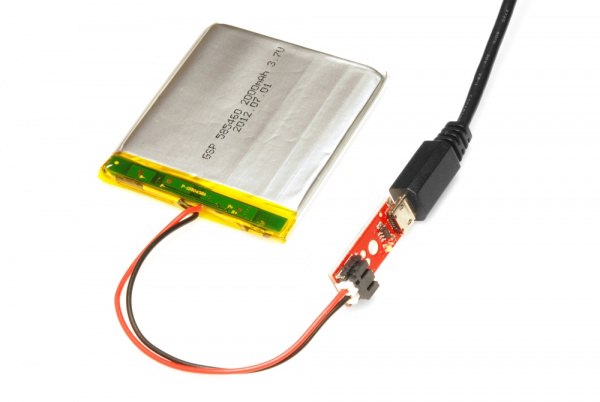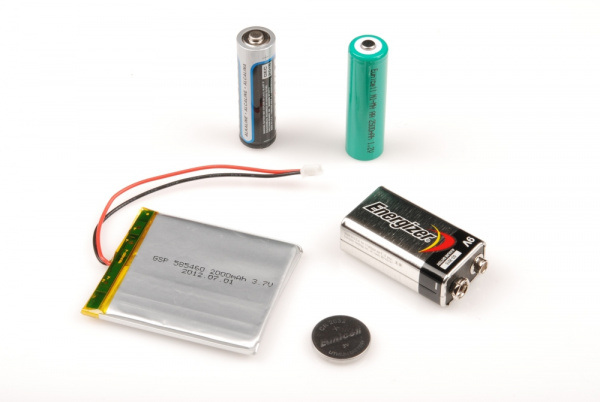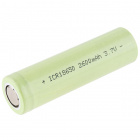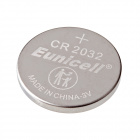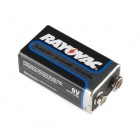What is a Battery?
Introduction
Batteries are a collection of one or more cells whose chemical reactions create a flow of electrons in a circuit. All batteries are made up of three basic components: an anode (the '-' side), a cathode (the '+' side), and some kind of electrolyte (a substance that chemically reacts with the anode and cathode).
When the anode and cathode of a battery is connected to a circuit, a chemical reaction takes place between the anode and the electrolyte. This reaction causes electrons to flow through the circuit and back into the cathode where another chemical reaction takes place. When the material in the cathode or anode is consumed or no longer able to be used in the reaction, the battery is unable to produce electricity. At that point, your battery is "dead."
Batteries that must be thrown away after use are known as primary batteries. Batteries that can be recharged are called secondary batteries.
Without batteries, your quadcopter would have to be tethered to the wall, you would have to hand crank your car, and your Xbox controller would have to plugged in all the time (like in the good old days). Batteries offer a way to store electrical potential energy in a portable container.
The invention of the modern battery is often attributed to Alessandro Volta. It actually started with a surprising accident involving the dissection of a frog.
What You Will Learn
The following topics will be covered in detail in this tutorial:
- How batteries were invented
- What parts make up a battery
- How a battery works
- Common terms used to describe batteries
- Various ways to use batteries in circuits
Suggested Reading
There are a few concepts that you might want to be familiar with before starting to read this guide:
- What is Electricity
- Voltage, Current, Resistance, and Ohm's Law
- What is a Circuit
- Series and Parallel Circuits
- Electric Power
- Alternating Current (AC) vs. Direct Current (DC)
Looking to explore different batteries?
We've got you covered!
